Mavic 2 Pro/Zoom User Manual
The aircraft cannot return to the Home Point if the GPS signal is weak or if GPS is unavailable.
In Smart RTH and Low Battery RTH, the aircraft automatically ascends to an altitude of 65 ft
(20 m). Once the altitude is 65 ft (20 m) or higher, move the throttle stick and the aircraft stops
ascending and flies to the Home Point at its current altitude.
The aircraft cannot avoid obstacles during Failsafe RTH if the Forward and Backward Vision
Systems are unavailable. It is important to set a suitable RTH Altitude before each flight. Launch
the DJI GO 4 app, tap and then set the RTH Altitude.
During RTH, the aircraft’s speed and altitude can be controlled using the remote controller or the
DJI GO 4 app, but the flight controller controls its orientation and direction of flight.
During RTH, obstacles on either side of the aircraft cannot be detected or avoided.
Landing Protection
Landing Protection activates during Smart RTH and the aircraft performs as follows:
1. When Landing Protection determines that the ground is suitable for landing, the aircraft lands gently.
2. If Landing Protection determines that the ground is not suitable for landing, the aircraft hovers and
waits for the pilot to confirm it is suitable to land.
3. If Landing Protection is not operational, the DJI GO 4 app displays a landing prompt when the
aircraft descends below 0.5 m. Pull down on the throttle for one second or use the auto landing
slider in the app to land.
Landing Protection activates during Low Battery RTH and Failsafe RTH. The aircraft performs as
follows:
During Low Battery RTH and Failsafe RTH, the aircraft hovers at 2 m above the ground and waits for
the pilot to confirm it is suitable to land. Pull down on the throttle for one second or use the auto landing
slider in the app to land. Landing Protection activates and the aircraft performs the steps listed above.
Vision Systems are disabled during landing. Be sure to land the aircraft with caution.
© 2018 DJI All Rights Reserved. 19
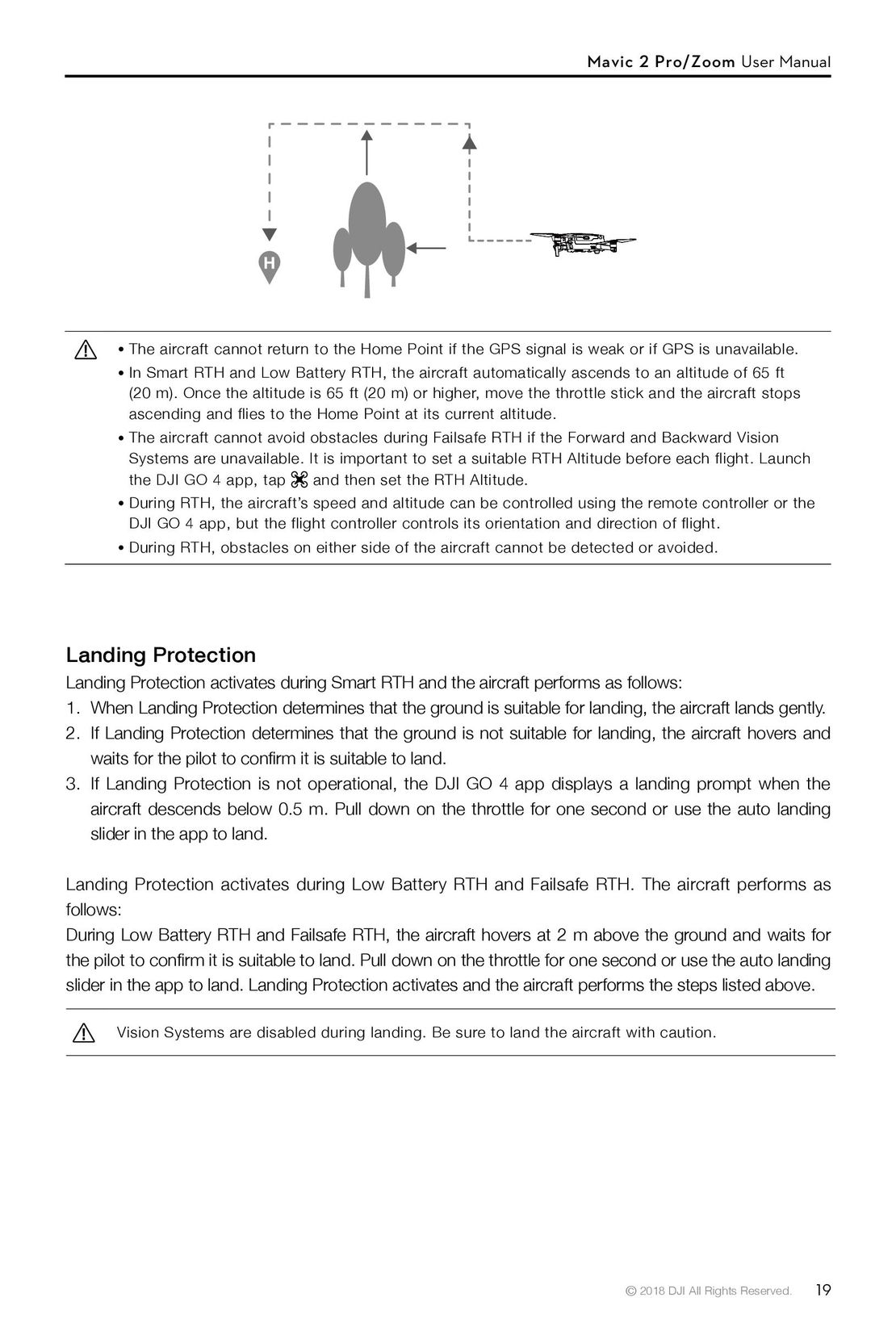
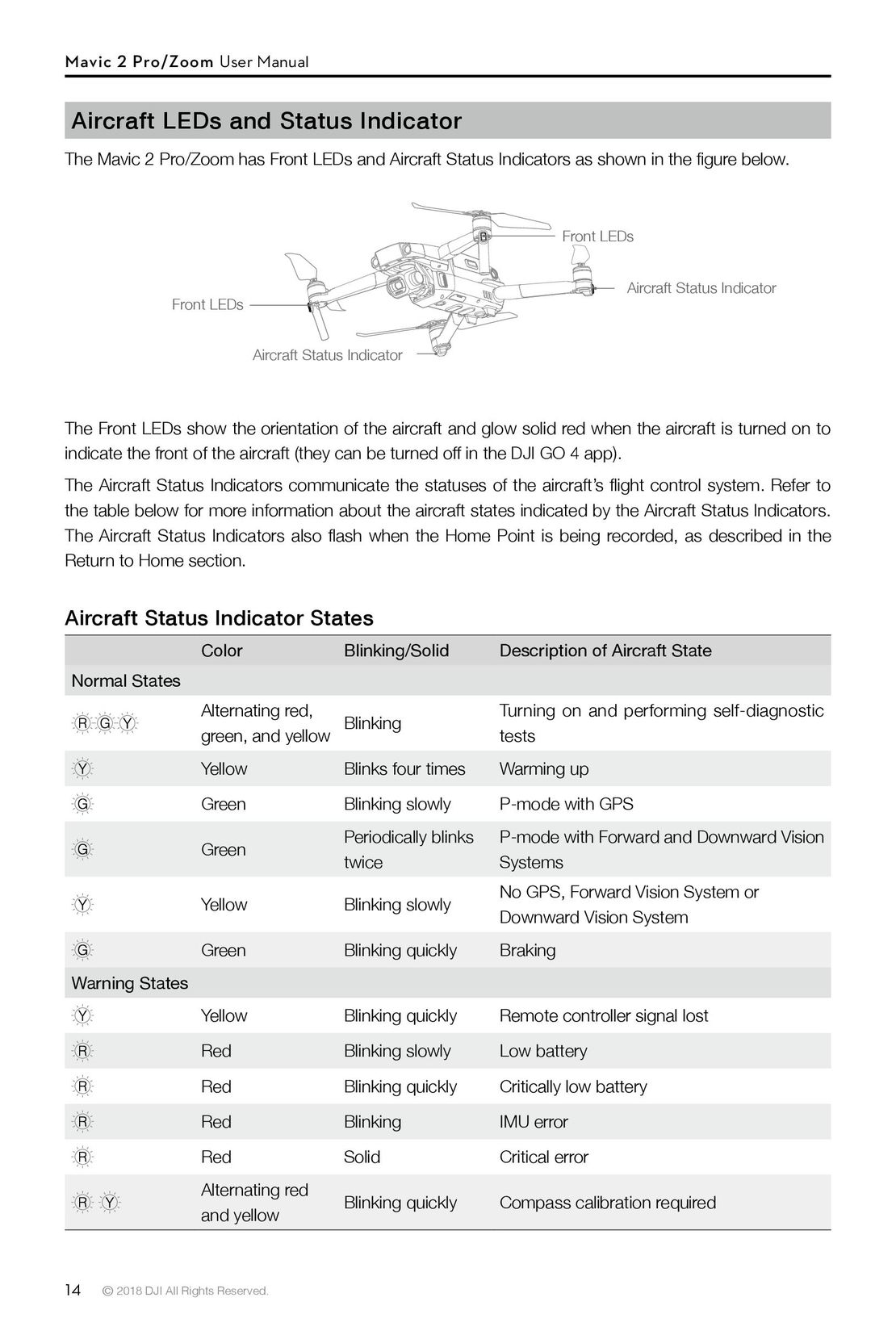 14
14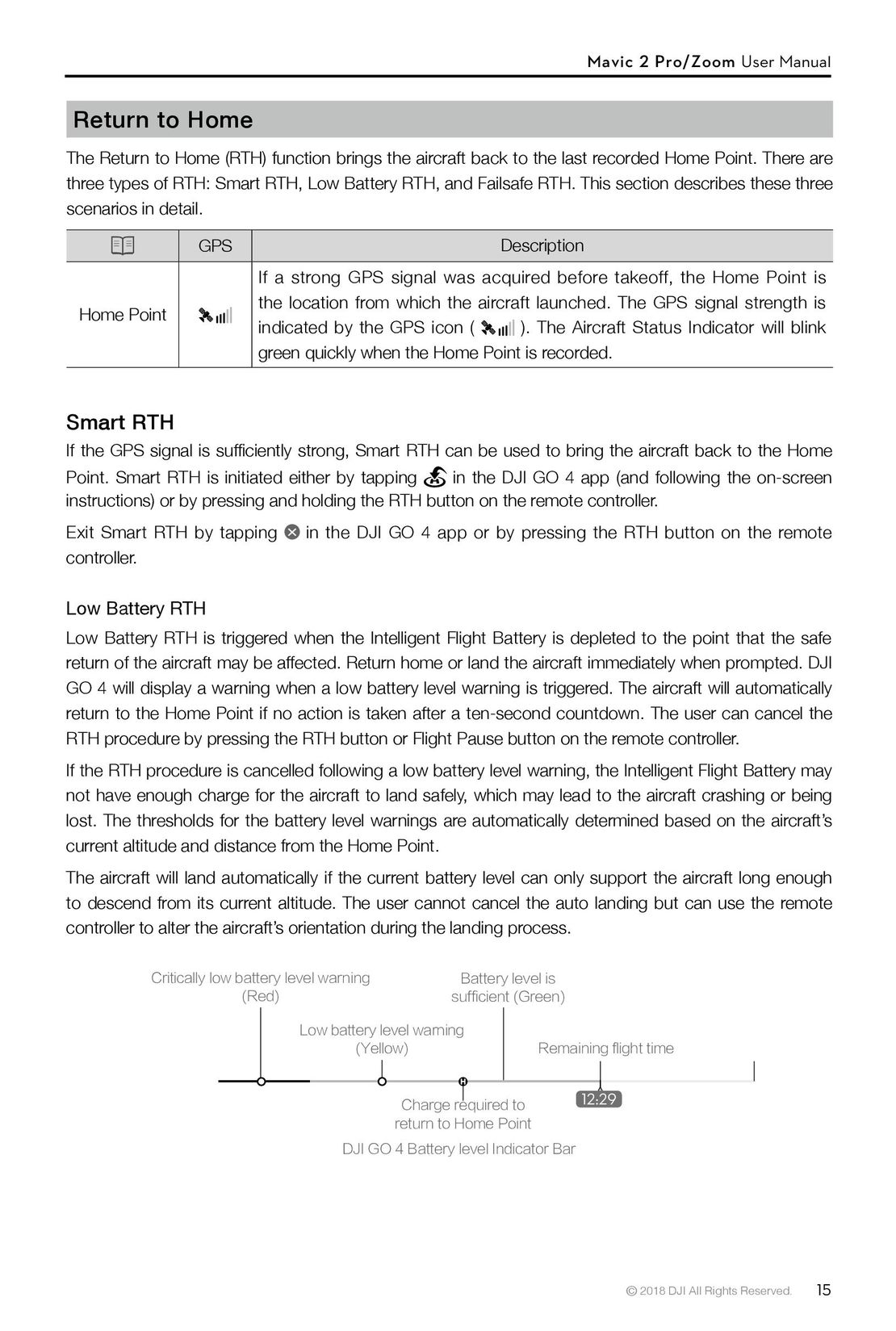 15
15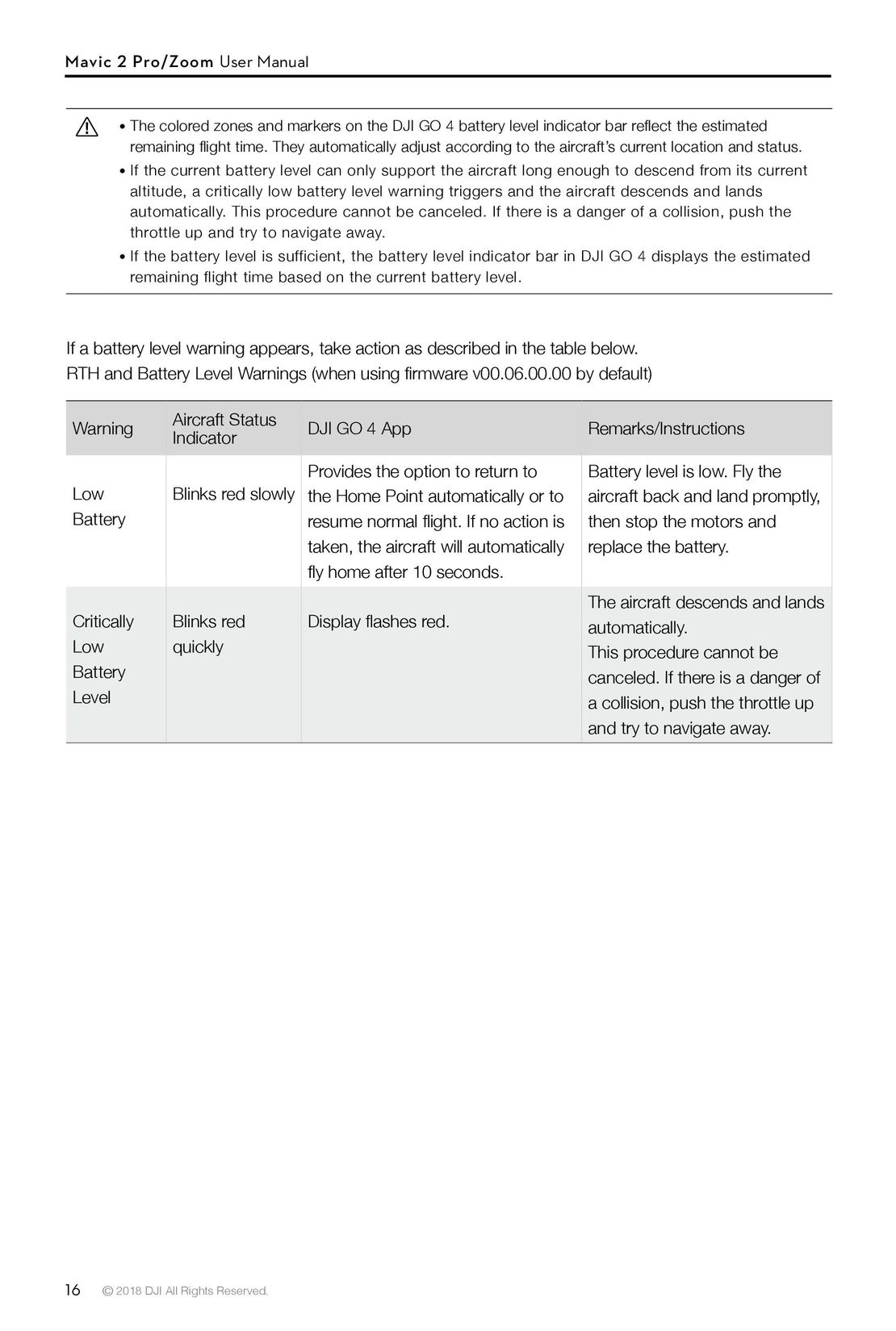 16
16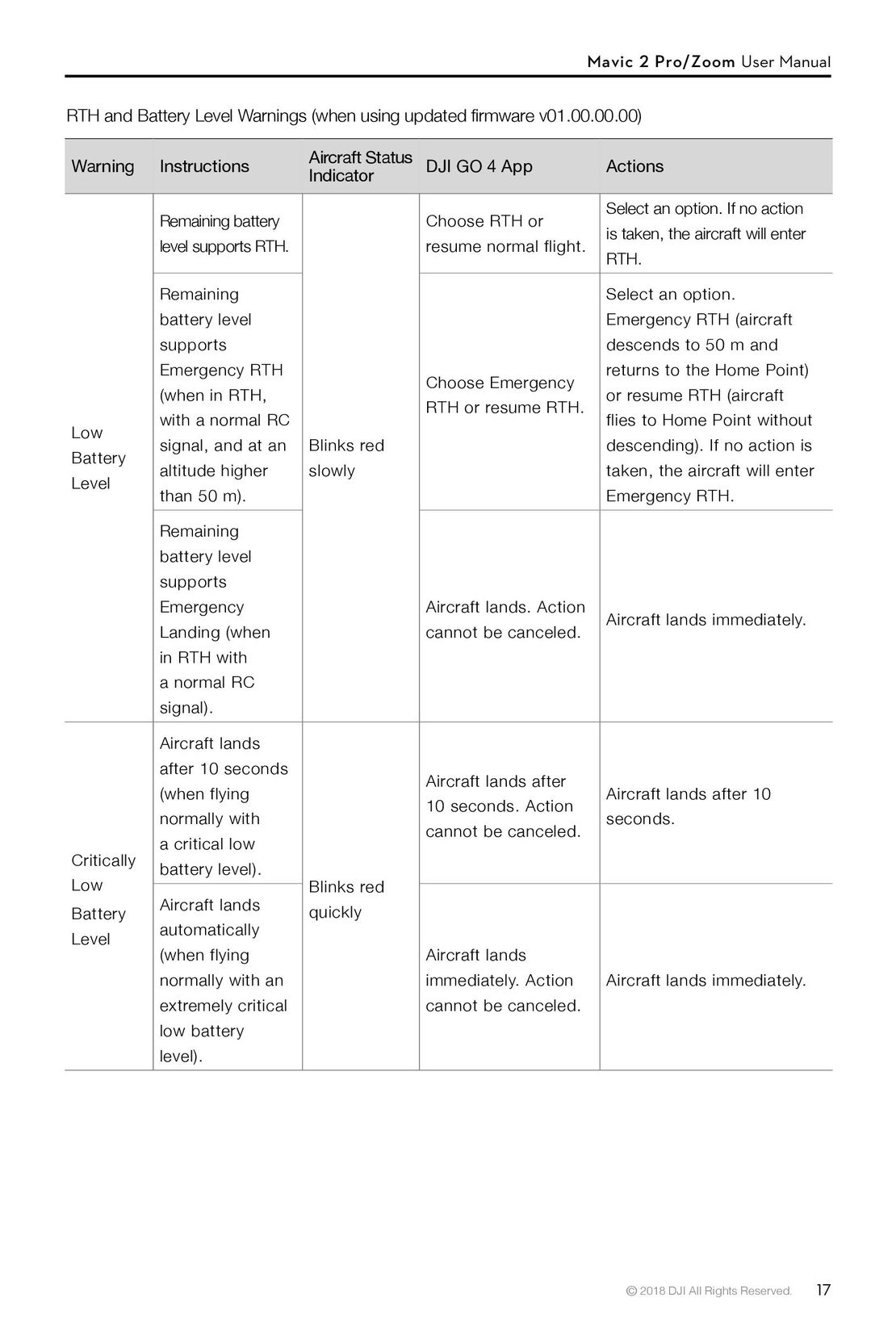 17
17 18
18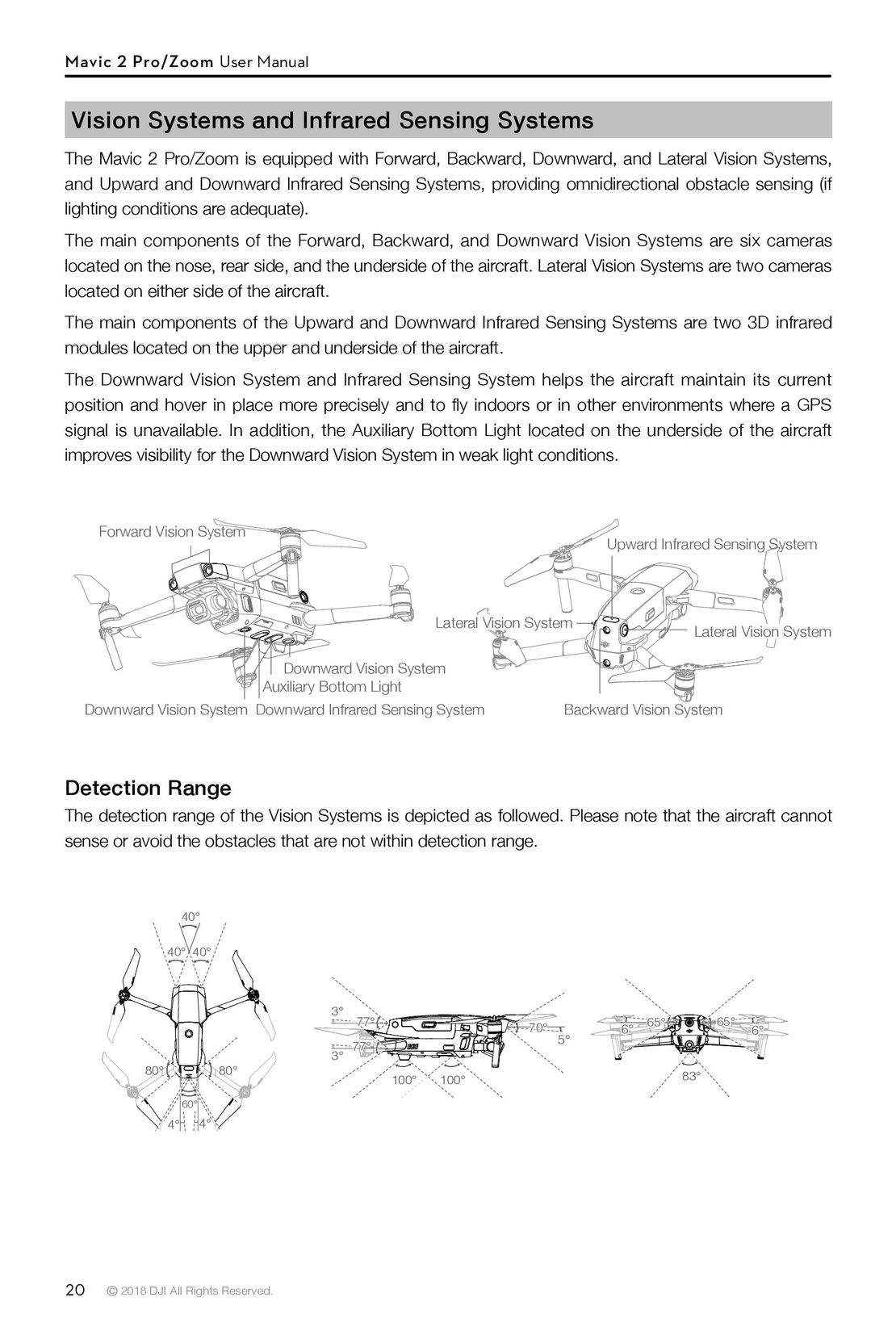 20
20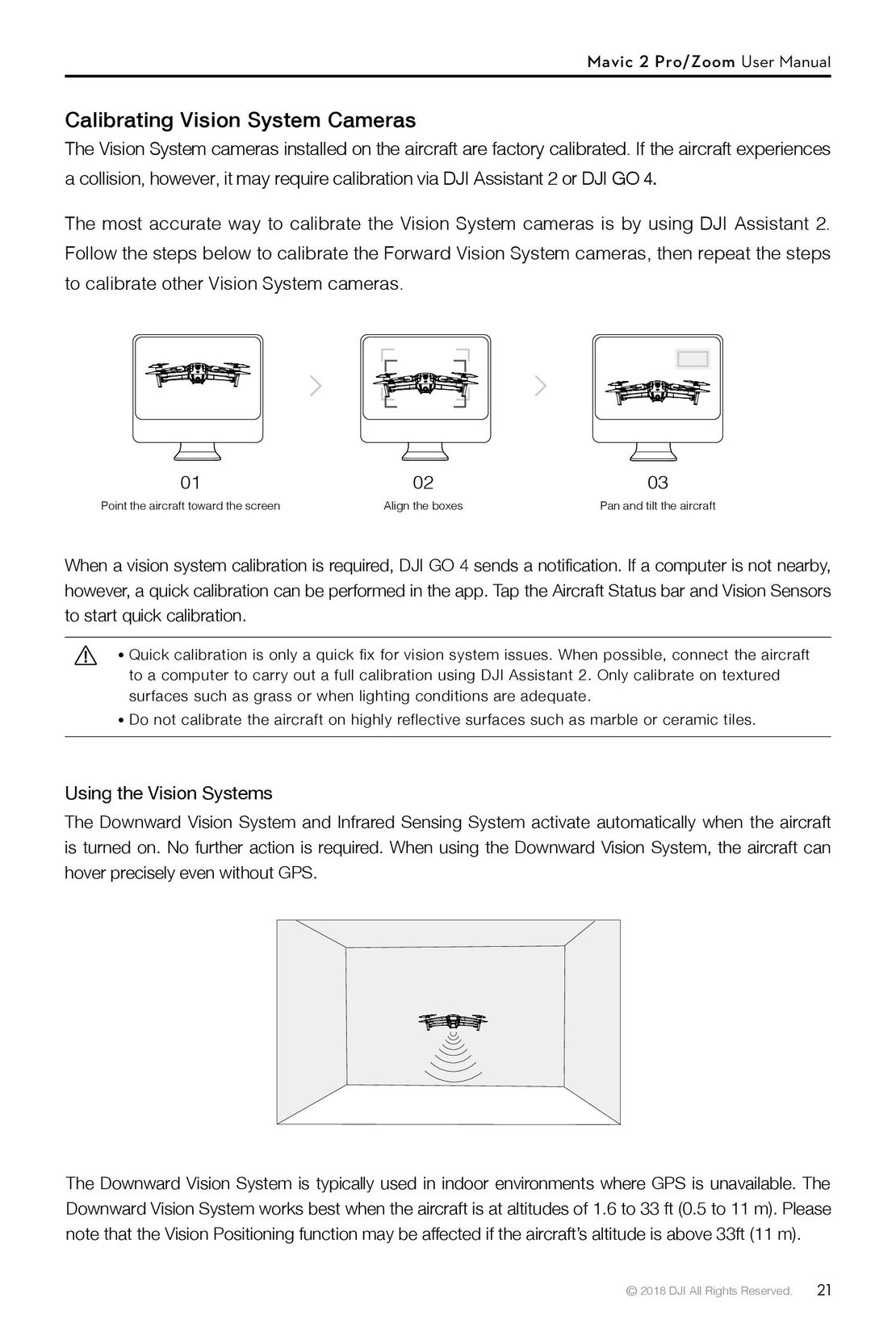 21
21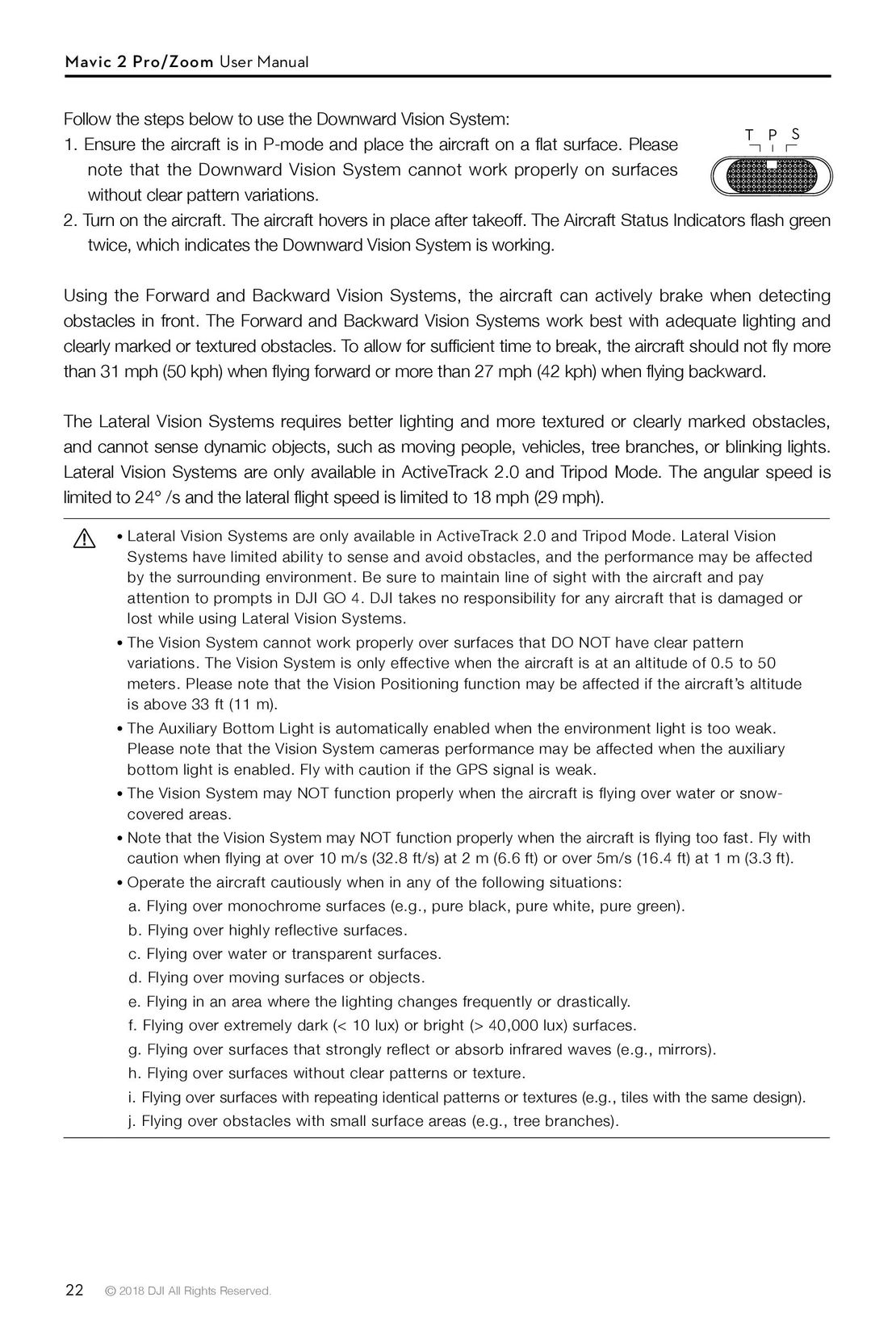 22
22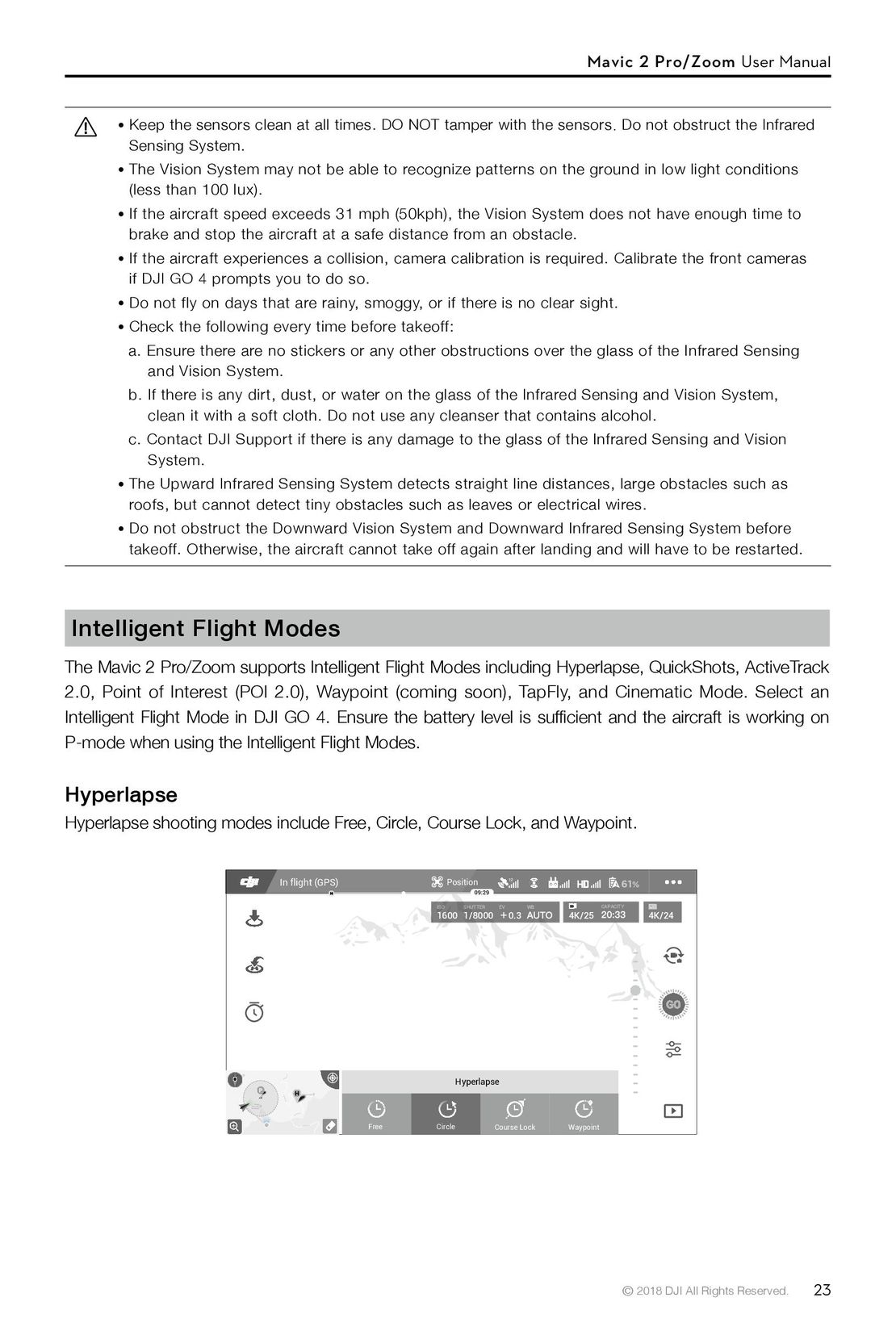 23
23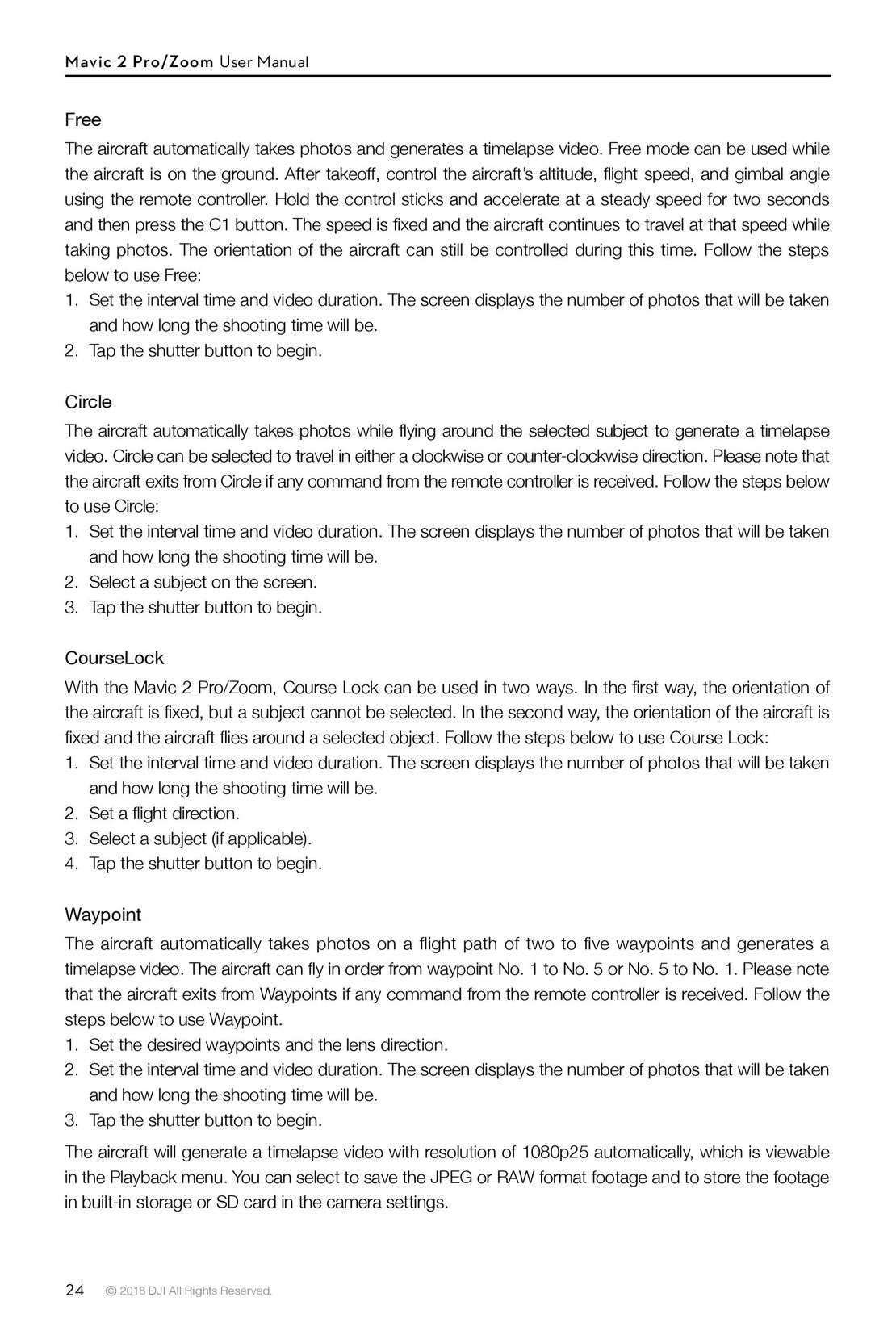 24
24 DJI Phantom 3 Standard инструкция на русском
DJI Phantom 3 Standard инструкция на русском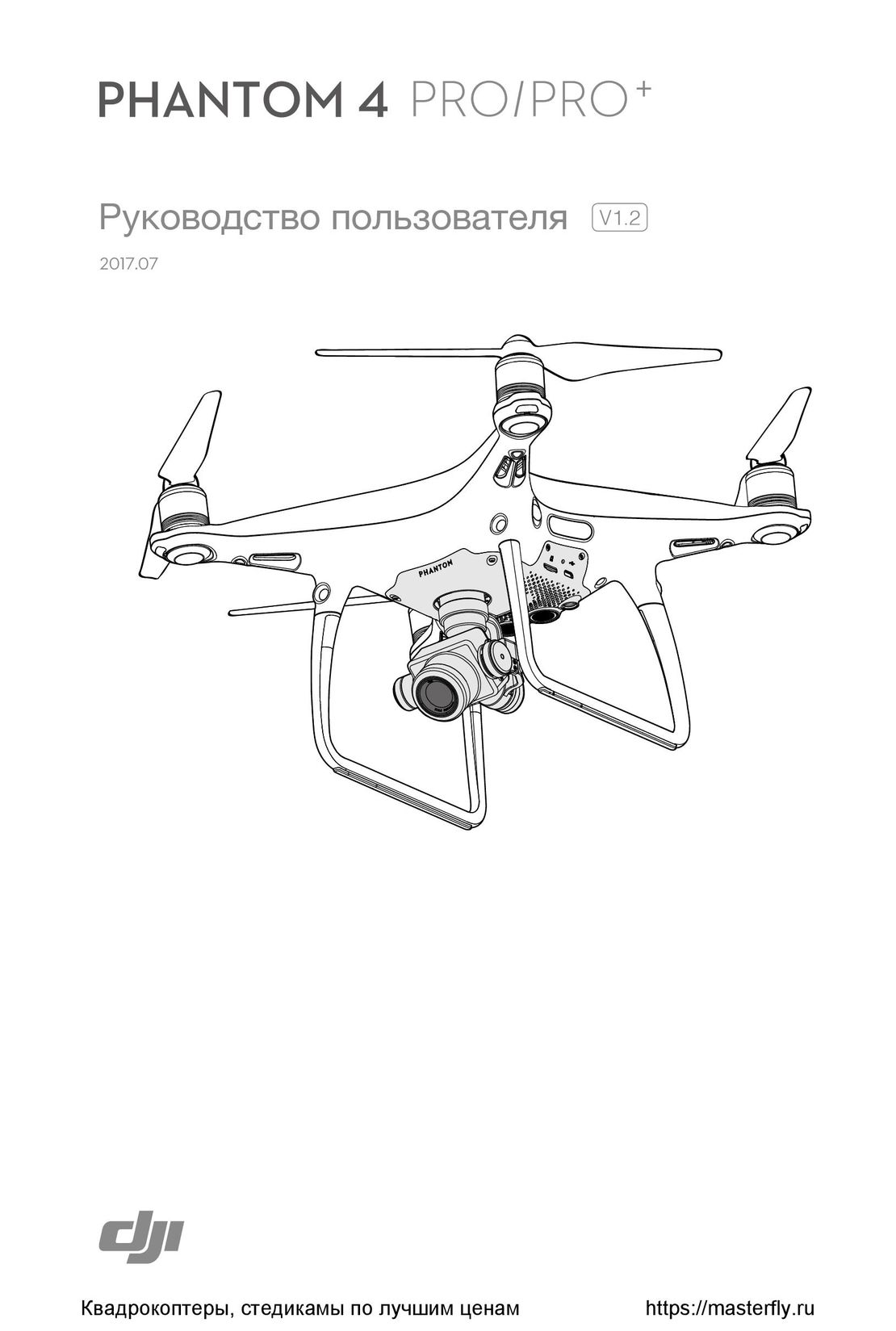 DJI Phantom 4 Pro Plus инструкция на русском
DJI Phantom 4 Pro Plus инструкция на русском DJI Phantom 3 Advanced инструкция на русском
DJI Phantom 3 Advanced инструкция на русском Syma X54HW X54HC инструкция на русском
Syma X54HW X54HC инструкция на русском Syma X5UW инструкция на русском
Syma X5UW инструкция на русском DJI Mavic Pro и Pro Platinum инструкция на русском
DJI Mavic Pro и Pro Platinum инструкция на русском